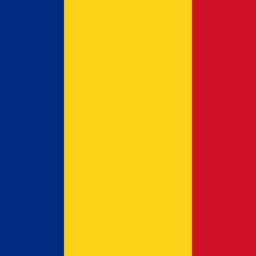Team Comments
Doubt
- "I personally doubt it will improve retention."
Praise
- "Would love to see this, will make it much more engaging - seems like it could be technically challenging tho with decentralised file storage?"
- "crucial"
- "Makes sense to implememnt and pretty straightforward"
- "(+++)"
Implementation Considerations
- "We need to have a good grasp on what syncinc looks like."
- "will it be a part of ens ?"
- "I'd like to be kept abreast of how this is stored and exposed to people on the network. Also, sanitize it before setting it in the applications."
- "ENS contracts being migrated, not sure if it is effected by adding profile photos if handled through ENS"
- "Via whisper or something like IPFS? Former would re-send stuff all the time"
- "needs clarity where pics would live: on ENS or Waku"
- "Persist with IPFS, or store locally and distribute via an image attachment to the contact update protobuf?"
Request
- "Can we call it avatar/persona or is that weird?"
















































https://github.com/status-im/status/issues/4
Add profile photo
Source: Roadmap planning workshop item status-im/status-react#48 and Discuss
User stories
Use cases
Designs
Progress Summary